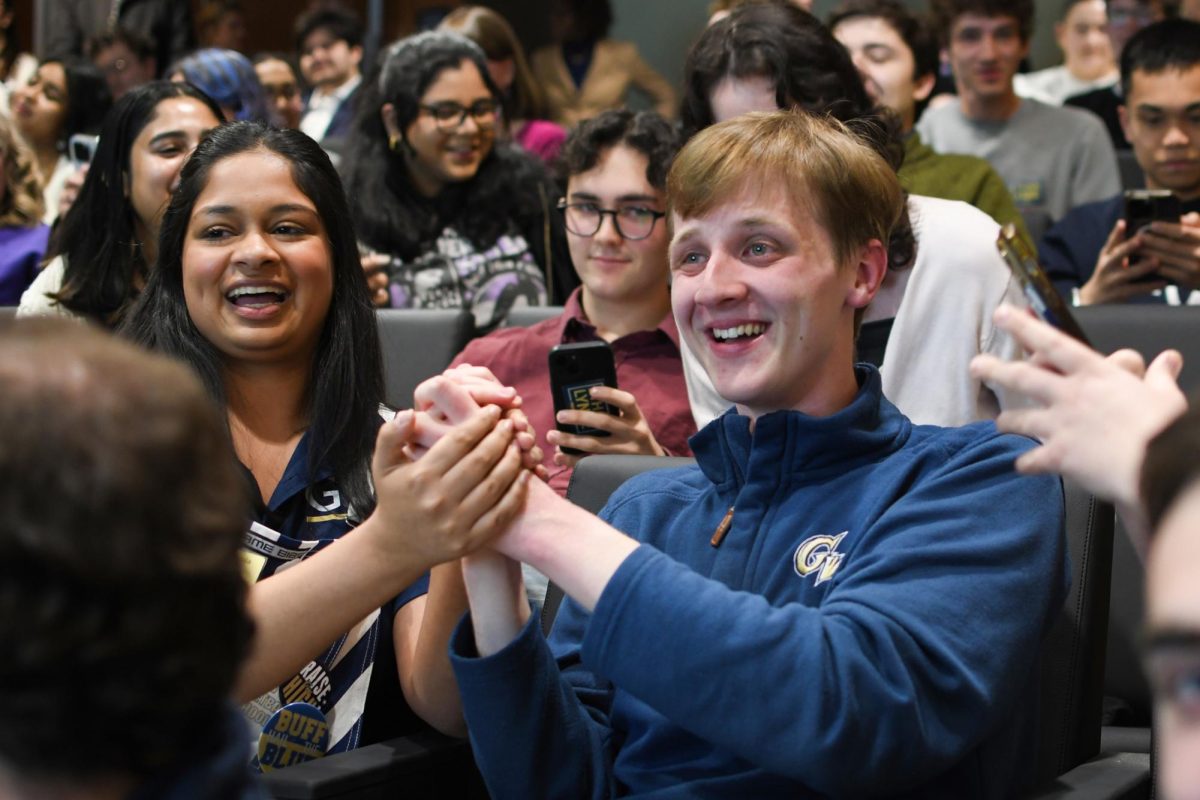This will be a decade of transformation for the University, its top administrator told The Hatchet, charging that GW will be a fundamentally different institution by 2020.
University President Steven Knapp said a new strategic plan, construction on academic buildings, enhanced career advising services and increased diversity throughout the community top his list of priorities to help push forward his vision for the institution.
“This is very much a pivotal year in the history of our University,” Knapp said.
A top goal will be the completion of a new strategic plan for the University, which will identify future goals for academics and student life. Knapp expects the final proposal to be published in May 2012.
The most recent strategic plan, now a decade old, highlighted areas for investment including the Elliott School of International Affairs – a reflection of the sweeping changes Knapp has instituted during his tenure. Research and science programs are at the forefront of Knapp’s vision for GW, a departure from the traditional humanity-based programs that were GW’s hallmark for the last few decades.
None of the current deans or the provost were at the University when that plan was issued, Knapp noted.
The strategic plan will also dovetail ongoing University efforts to revamp communication and fundraising strategies, Knapp said.
He noted that as construction of residence halls winds down, the focus will shift to academic buildings.
Knapp’s second goal is to move forward with the construction of the Science and Engineering Hall, a new School of Public Health and Health Services building, Gelman Library and The George Washington University Museum.
He also emphasized the importance of expanding career services across the University, an area some departments excel at more than others, he said.
“Traditionally we’ve been pretty laissez-faire,” he said. “One of the ways in which we’re thinking about expanding it is shifting it from just being something you just do in your last semester to earlier on in a students career, so people start thinking about career preparation much earlier.”
Several recommendations from last year’s Career Services Task Force are under consideration, including the formation of a central career guidance office, Knapp said.
His fourth goal this year is to implement the suggestions of the Diversity and Inclusion Task Force in conjunction with Terri Harris Reed, the recently appointed vice provost for diversity and inclusion.
This will include efforts to attract a more diverse pool of candidates to professorships at the University, Knapp said, noting that slow faculty turnover has made this difficult to address.
Next year marks the 100th anniversary of the University in Foggy Bottom, an opportunity Knapp hopes to use to promote GW in the D.C. community.
He believes progress on these goals will distinguish GW from other colleges in the District.
“We’ve got too many Georges in this neighborhood,” Knapp joked, referring to nearby Georgetown and George Mason Universities. “People get us mixed up.”
The University will be a very different place in 10 years, as GW becomes more selective, grows its satellite campuses and expands further into the realms of science and engineering, Knapp said.
“The problems we deal with in the world are multidisciplinary problems,” Knapp said. “In order to be really credible on the policy side, increasingly you’ve got to be credible on the science side.”






